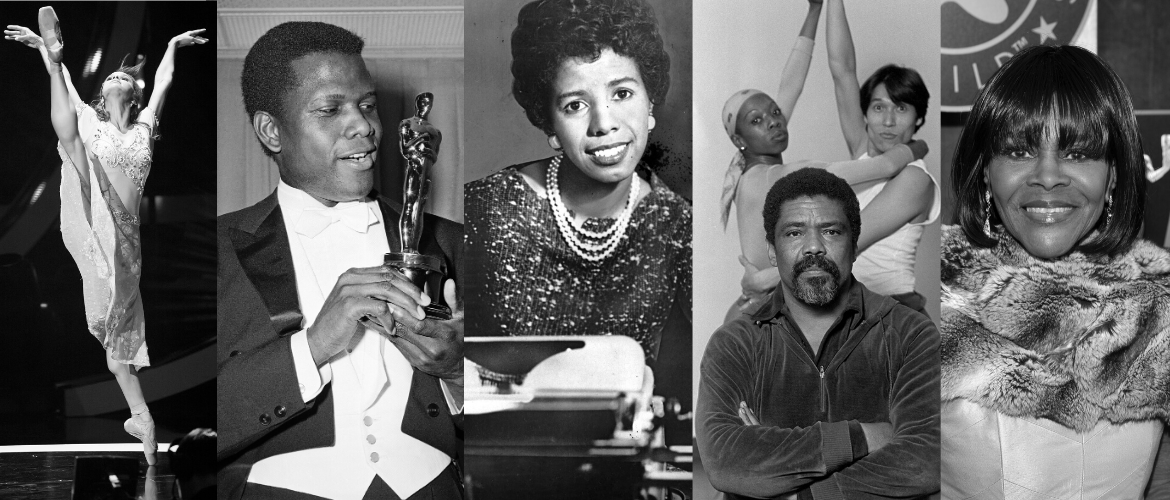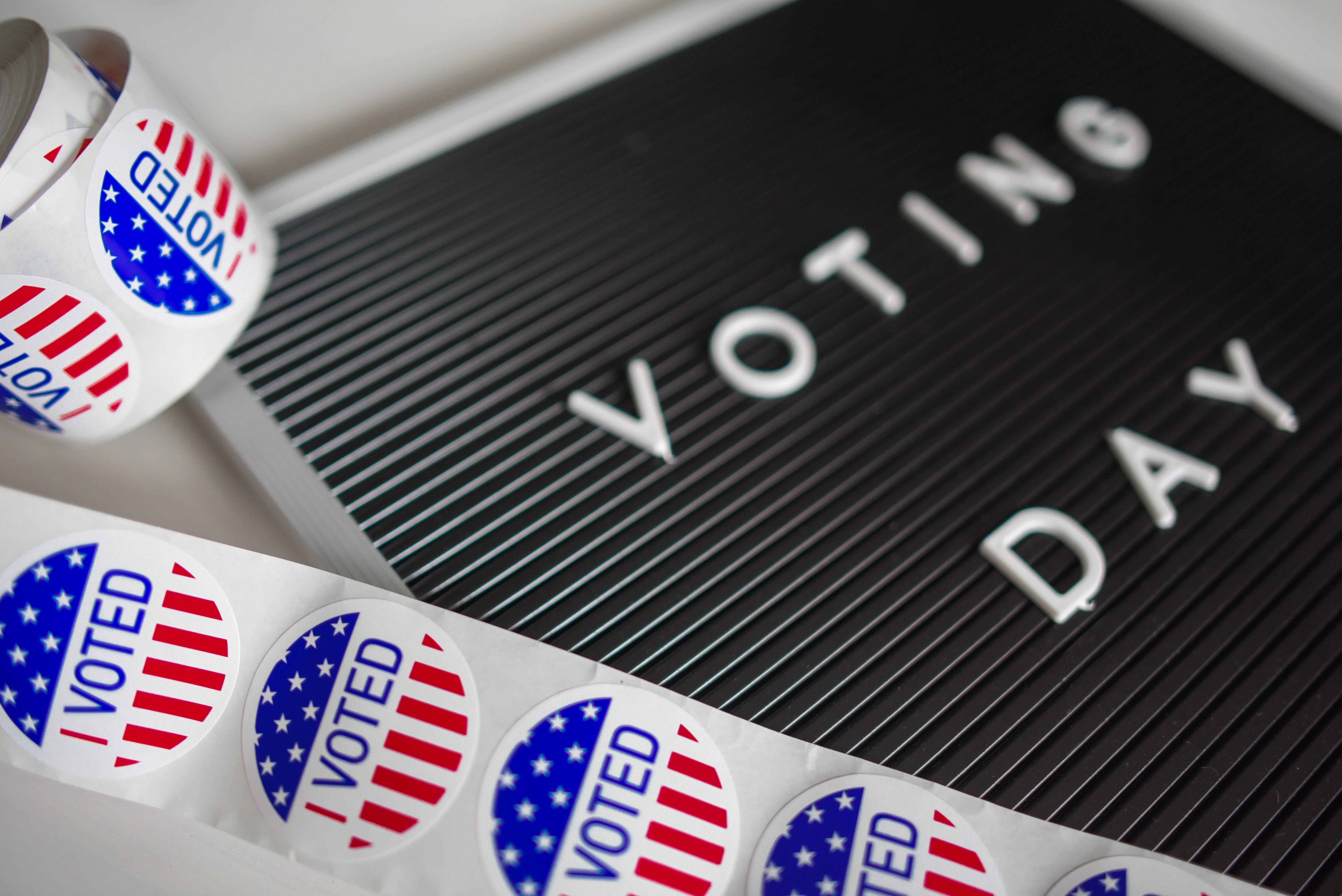It is always important to find the extraordinary in mundane, everyday experiences. In fact, this is part of sociological thinking.
This can be applied to Black history and its effects on our society when it comes to our daily operations.
We all know of Rosa Parks and her involvement in the Montgomery Bus Boycott.
We all know of Lewis Redding and his involvement as one of the lawyers that argued the monumental Brown vs. Board of Education case, but it is crucial to also look at history on a micro-level.
It is equally as important to pay homage to the black minds that propelled society with inventions that we use in our daily lives.
In any typical day, one can see the impacts of at least five black innovators. There are processes that we do daily without realizing that these actions were made possible by real people.
In many cases, these people are often overlooked for various reasons. Sometimes the reasons are simply that their inventions are taken for granted, their gender, or their race more often than not, it is because of all or a combination of these factors.
Let’s create a day in the life. Let’s say the day starts around 8 a.m. It’s time to get up. There is work to be done, errands to run and tasks to accomplish.
When reaching over and turning on the lamp, Lewis Latimer can be thanked. Latimer invented the durable carbon filament that made Thomas Edison’s invention of the lightbulb possible.
According to National Inventors Hall of Fame, Latimer’s invention, patented in 1882, made iridescent lightbulbs more affordable and supplied a safer alternative to gas lamps.
When ironing a button-down blouse to look presentable, Sarah Boone can be thanked.
Boone who invented the improved ironing board in 1892 when she realized that the ironing board already in use was very rigid and did not easily accommodate the seams in women’s clothing.
Her improvements meant that no longer would the ironing on one side of the garment undo the ironing previously done on the opposite side.
Commutes to work are dictated by traffic lights. These lights continue the flow of traffic with no incident. Garrett Morgan is the brilliant mind to thank for this. The U.S. Department of Transportation documents that in 1923, Morgan received a patent for his invention of the three-position traffic signal.
Before his invention, there were only two signals: stop and go. Morgan witnessed a terrible car crash and realized that the problem was the lack of interval between the messages of stop and go. Morgan’s invention remedied this problem by adding a signal that stopped traffic on all sides before allowing one side to proceed.
Every morning consists of a stop by the local donut shop to grab a donut and a bottle of milk. When we open the cooler and retrieve uncurdled milk, Frederick Jones deserves our thanks.
Jones invented the refrigeration system that makes it possible for all food and beverage products such as meats, dairy and produce to be transported without spoiling. This technology has since been applied to trucks, ships and railcars.
His invention is why we are able to go to the local grocery store and buy food year-round that are only able to grow in certain conditions or seasons.
Now, the day has ended. Work, errands and tasks have been attended to and accomplished.
After returning home, as part of the nightly routine, the home security system is armed and camera footage of various spots on the property is surveyed using a cell phone. Marie Van Britten Brown can be thanked for this.
She invented the first home security system with the help of her electric technician husband Albert. The Browns both worked. This left their home unattended for most of the day. Because of the high crime rate in their Queens neighborhood, this concerned Brown, especially because the response time for police officers was very poor.
She took it upon herself to remedy the problem; she invented a security system comprised of peepholes, cameras, monitors, a two-way microphone and an alarm button that would immediately notify the police if needed.
The peepholes were strategically placed: one high for tall people, one low for children, and one in the middle for people of average height. The system was wireless and enabled the monitor to be placed in any room so that they could always be aware of who was around. The two-way microphone added the safety of not having to open the door in order to speak with a stranger.
According to Blackpast.org, this technology has been referenced and improved upon by at least 13 inventors and brought peace of mind to countless homeowners.
These people and inventions show just how many black visionaries we have to thank for the modern-day conveniences that are often taken for granted.
Every one of these inventors is also evidence of the self-deterministic spirit that lives within Black folks. Latimer was born to former slaves. He was among the first generation of black people who were born free, and he had no formal training.
Yet, he holds seven patents and revolutionized the world. According to blackpast.org, Boone was born a slave and was not freed until she was about fifteen years old. Yet, she invented something that most households cannot function without.
As reported by the Department of Transportation’s Office of Public Relations, Morgan only had a sixth-grade education but still became a successful inventor and business owner.
Van Britten Brown was a nurse and her husband Albert was a man who supported his wife with his talents. Frederick Jones was a WWI veteran who was mostly self-taught, yet he went on to become an influential inventor holding over forty refrigeration patents as well as building race cars that were faster than planes, according to Blackpast.org.
These people are true examples of self-made black brilliance.








